Rajasthan, a vibrant state in the northwest of India, is renowned for its rich cultural heritage, majestic forts, palatial palaces, and vast deserts. Yet, beyond its desert landscape lies a lesser-known aspect of its geography – the serene hill stations. These hill stations offer a refreshing escape from the arid desert climate, presenting a side of Rajasthan that contrasts with the widespread Thar Desert. The concept of hill stations in Rajasthan introduces travelers to cool retreats nestled amidst the Aravalli Range, offering a tranquil respite from the heat and a chance to explore the state’s diverse natural beauty.
History and Significance of Hill Stations in Rajasthan
The concept of hill stations in Rajasthan, as in other parts of India, has roots dating back to the colonial era. These serene locales were initially developed by British officials seeking respite from the oppressive summer heat of the Indian plains. Rajasthan’s hill stations, however, have a dual historical significance, serving as summer retreats for the British and the Rajputana royalty. The development of these hill stations was influenced by their strategic locations, which offered not only cool climates but also panoramic views of the surrounding landscapes, making them ideal for relaxation and contemplation.
Post-independence, these hill stations have retained their charm and significance, transforming into sought-after tourist destinations. They offer a window into the past, with their blend of British and Rajasthani architecture, and a retreat into nature, with their lush landscapes and cooler climates. Today, they stand as testaments to Rajasthan’s ability to blend history, culture, and natural beauty, continuing to enchant travelers seeking a break from the routine and the heat of the lower regions.
Read More: Best Places To Visit In Winter In India
7 Best Hill Stations in Rajasthan
1. Mount Abu
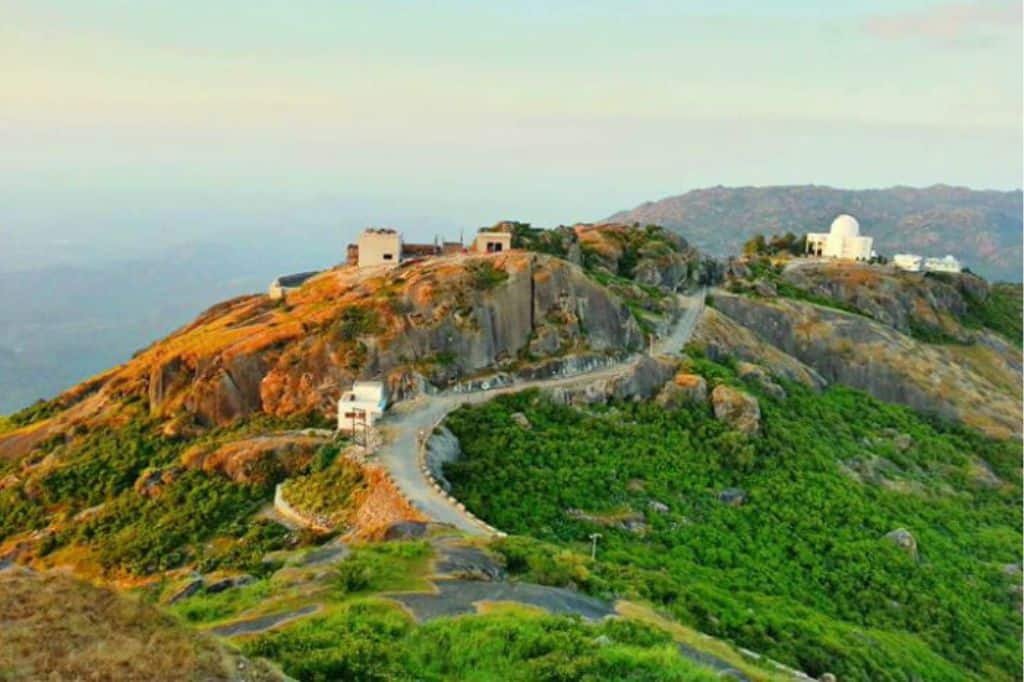
Mount Abu stands unrivaled among hill stations in Rajasthan, distinguished by its lush foliage, fog-shrouded mountains, and stunning vistas of the Aravalli range. It serves as an ideal spot for honeymooners and couples, thanks to its enchanting landmarks. This location offers a rich tapestry of cultures, with both Hindu and Jain temples narrating their historical stories, alongside a plethora of adventure opportunities including trekking, hiking, and rock climbing. The significant number of visitors to Mount Abu speaks volumes about its appeal, making it a must-visit locale in Rajasthan for anyone.
- Location and Elevation: Situated in the Sirohi district, Mount Abu is Rajasthan’s only hill station, standing at an elevation of 1,220 meters above sea level.
- Historical Background: It has historical and mythological significance, with references in Hindu epics suggesting it was a retreat for sages and deities.
- Main Attractions: The Dilwara Temples, a complex of intricately carved marble temples built between the 11th and 13th centuries, and Nakki Lake, a serene lake surrounded by hills.
- Best Time to Visit: The ideal time to visit Mount Abu is from November to June, offering a pleasant climate suitable for exploration.
- Activities: Trekking, sightseeing, boating in Nakki Lake, and exploring the local markets.
2. Sajjangarh
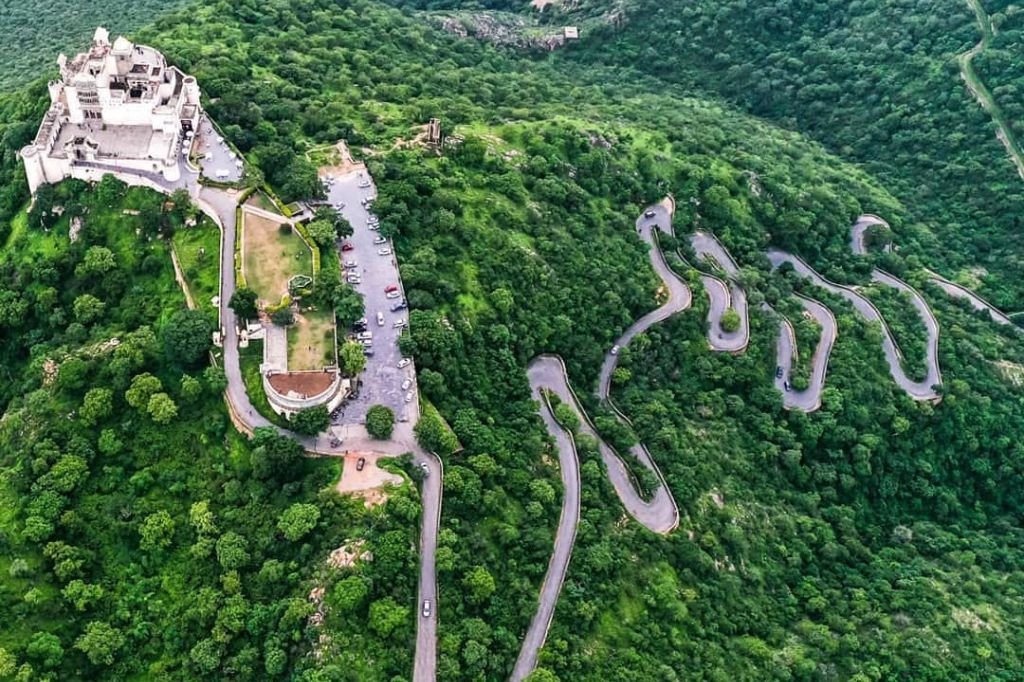
Sajjangarh, a must-see attraction in Udaipur, sits atop Bansdara Peak and was founded by Maharana Sajjan Singh in 1884. Originally intended to serve as a nine-story observatory for monitoring monsoon patterns, the project was left incomplete due to the king’s premature death. Consequently, his successor transformed it into a leisure spot, and it later became a hunting lodge for the Mewar Kings. Known as the Monsoon Palace, its elevated position was ideally suited for observing the monsoon. Offering breathtaking views of Udaipur and Fateh Sagar Lake, a visit to this hilltop palace is highly recommended.
- Location and Elevation: Perched on a hill above Udaipur, the Monsoon Palace offers panoramic views of the surrounding countryside and lakes.
- Overview and Significance: Originally built in the late 19th century by Maharana Sajjan Singh of the Mewar Dynasty as a monsoon retreat and to watch the monsoon clouds; hence, it’s popularly known as the Monsoon Palace.
- Attractions and Viewpoints: The palace provides stunning views of the sunset and the surrounding Sajjangarh Wildlife Sanctuary.
- Best Time to Visit: The monsoon season (July to September) is a great time to see the lush surroundings, though it is accessible and beautiful all year round.
- Activities: Wildlife watching in the sanctuary, photography, and sunset views.
3. Guru Shikhar
Fondly referred to as the Guru’s Peak, Guru Shikhar is celebrated among visitors for its peaceful ambiance. Renowned as a premier hill station in Rajasthan, it is named after the deity Dattatreya, who is believed to have spent his formative years here. Situated in close proximity to Mount Abu, Guru Shikhar provides stunning panoramic vistas. Visitors can engage in a variety of adventurous pursuits like trekking, and enjoying the serene and quiet atmosphere away from the hustle and bustle of city life.
- Location and Elevation: Situated in the Mount Abu region, Guru Shikhar is the highest peak of the Aravalli Range, standing at an elevation of 1,722 meters above sea level.
- Description and Unique Features: Guru Shikhar provides a panoramic view of the surrounding mountains and valleys. It is known for its tranquil environment and the Guru Dattatreya temple at its summit, dedicated to a Hindu deity representing a divine trinity.
- Key Attractions: The Guru Dattatreya temple and an astronomical observatory, where visitors can use telescopes to explore the sky.
- Best Time to Visit: October to March, when the weather is pleasant and conducive for trekking and sightseeing.
- Activities to Do: Trekking to the summit, sightseeing, cultural experiences at the temple, and astronomical observations at the observatory.
Read Also: Best Honeymoon Destinations in India
4. Achalgarh
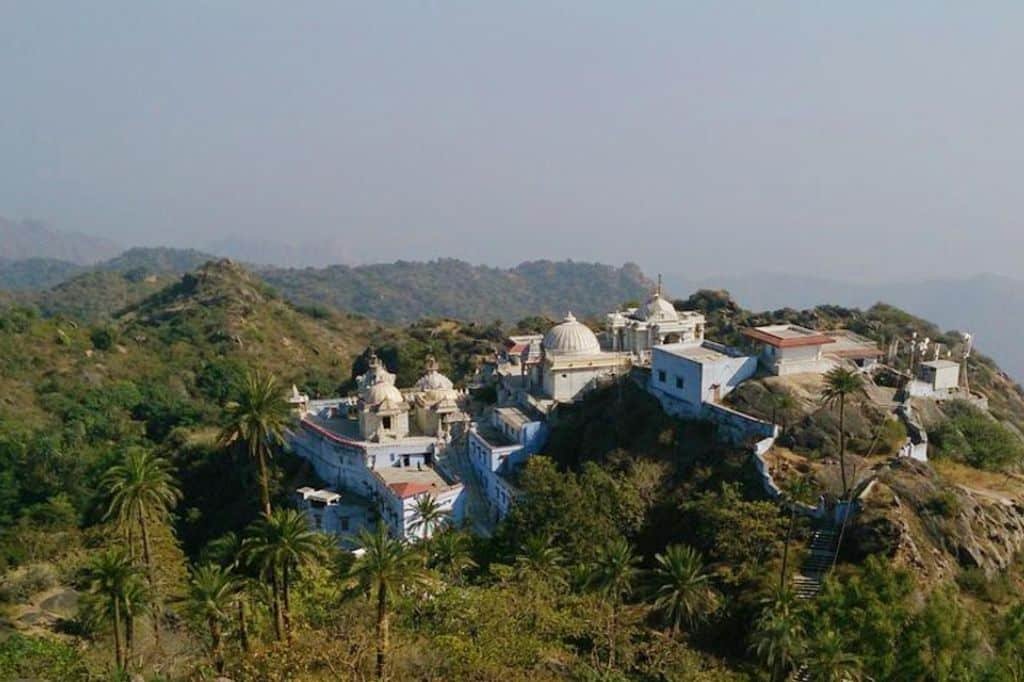
Set amidst the stunning Aravalli range, Achalgarh is a serene haven that appears as a piece of paradise from below. Regarded as one of the finest hill stations in Rajasthan, it’s just 11 km from Mount Abu, making it a perfect weekend retreat from nearby cities like Jodhpur and Udaipur. While many visit Achalgarh for its tranquil mountain atmosphere, adventurous souls will find joy in its trekking opportunities.
- Location and Elevation: Located in the Mount Abu region, Achalgarh is a medieval fort that sits atop a mountain peak.
- Historical Importance: Built by the Paramara dynasty and later reconstructed by Maharana Kumbha in the 15th century, Achalgarh serves as a testament to Rajasthan’s rich history and architectural prowess.
- Main Attractions: The Achaleshwar Mahadev Temple, dedicated to Lord Shiva, and the Achalgarh Fort, which offers stunning views of the surrounding mountains and forests.
- Best Time to Visit: The cooler months from November to March are ideal for visiting, making it easier to explore the fort and its surroundings.
- Activities: Exploring the fort and temples, hiking in the nearby areas, and enjoying the panoramic views.
5. Ranakpur
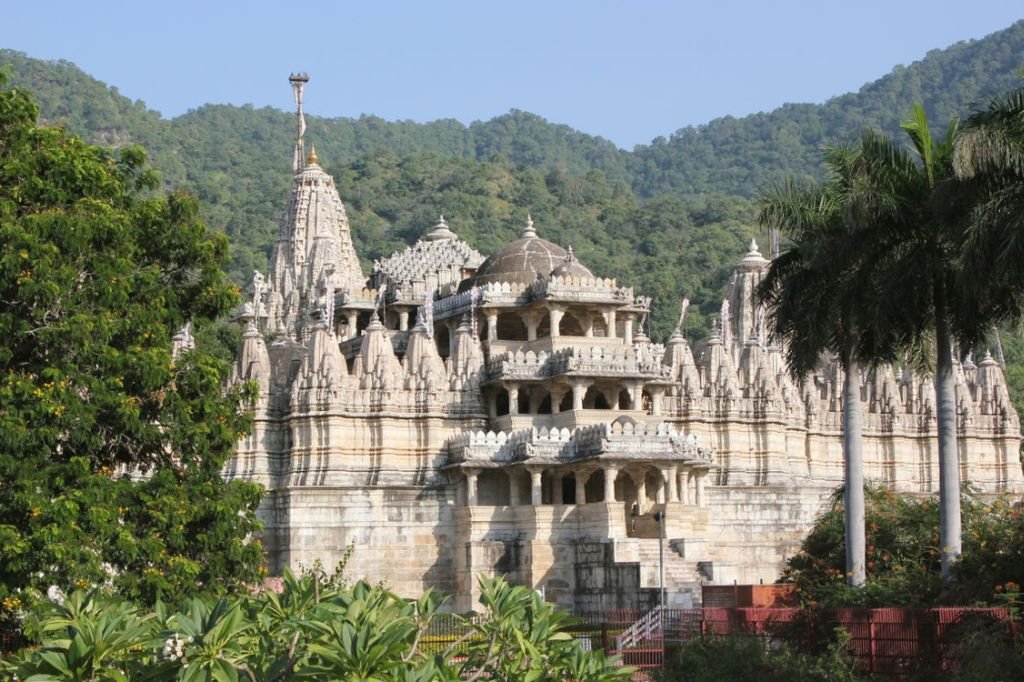
Tucked within the extensive Aravalli Range, the quaint village hill station of Ranakpur stands out for its breathtaking natural scenery. It is also home to several significant historical structures that attract many visitors. As a result, it is often chosen as an ideal weekend escape from major cities such as Jodhpur, Udaipur, and Jaipur. Celebrated for its serene beauty and majestic Jain temples, Ranakpur is regarded as one of the finest hill stations in Rajasthan, captivating those with a love for nature and tranquility.
- Location and Elevation: Nestled in the lush greenery of the Pali district, Ranakpur is less a traditional hill station and more a cultural retreat amid the Aravalli hills.
- Overview and Its Significance: Renowned for the Ranakpur Jain Temple, one of the most significant and elaborate Jain temple complexes in India, this area is a spiritual haven set against a backdrop of natural beauty.
- Attractions and Viewpoints: The main attraction is the Ranakpur Jain Temple, celebrated for its intricate architecture and marble work. The surrounding hills offer numerous trails for nature walks and small treks.
- Best Time to Visit: The months from October to March are ideal, offering mild weather perfect for exploring the temples and natural surroundings.
- Activities to Do: Exploring the Jain temple, trekking and nature walks in the hills, and experiencing the tranquility of this spiritual locale.
6. Goram Ghat
Goram Ghat, located in the Rajsamand district, provides picturesque landscapes filled with lush greenery and cascading waterfalls. A must-see attraction here is the Gorakhnathji Temple, accessible via an 800-meter hike from the Goram Ghat railway station. Additionally, the Goram Ghat area is renowned for its stunning waterfall, which spans 50 feet in width, offering a breathtaking sight. Visitors can also embark on a trek to the Bagor ki Nal Bridge, where they can enjoy the tranquil ambiance of Goram Ghat.
- Location and Elevation: Goram Ghat is located within the rugged terrains of the Aravalli Range, accessible via a scenic train journey from Udaipur or Mavli Junction.
- Historical Importance: This area gained prominence due to the meter-gauge railway line passing through, offering one of the most picturesque train journeys in Rajasthan.
- Main Attractions: The railway journey itself, with its breathtaking views of the valleys, tunnels, and lush landscapes. The region is also known for its diverse flora and fauna.
- Best Time to Visit: The monsoon season, from July to September, when the rain transforms the landscape into a vibrant green paradise, making it perfect for photography and nature lovers.
- Activities to Do: Enjoy the scenic train ride, trekking in the nearby hills, and wildlife spotting in the less-explored forests of the region.
Read Also: Biggest Airports in India
7. Parshuram Mahadev
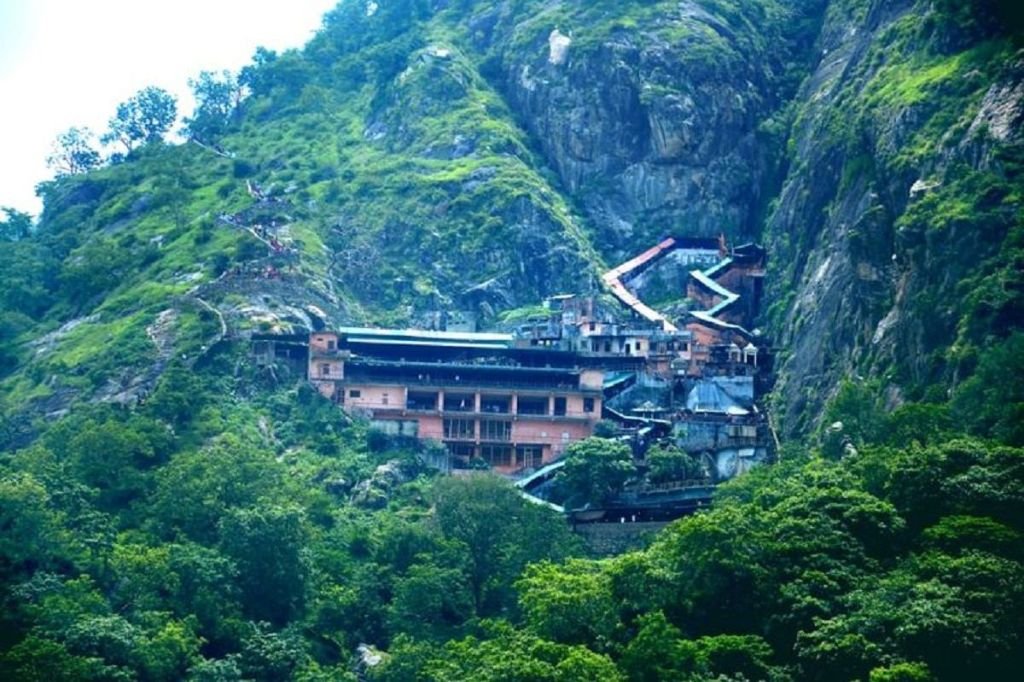
At this hill station close to Nathdwara, visitors are welcomed by the peaceful ambiance of the Parshuram Mahadev temple, along with stunning views of the surrounding hills. Nestled in a cave at the base of the Aravalli Mountains, the temple is revered as the meditation spot of Lord Parshuram, the sixth avatar of Lord Vishnu. Accessing the temple requires descending 500 steps, but the effort rewards you with breathtaking scenery, featuring verdant greenery, tranquil ponds, and a deeply spiritual atmosphere. It stands as one of the most esteemed hill stations in Rajasthan.
- Location and Elevation: Nestled near Nathdwara in the foothills of the Aravalli Range, Parshuram Mahadev is a revered hill station known for its religious significance.
- Description and Unique Features: This hill station is famed for the Parshuram Mahadev Temple, located inside a cave. It is said to be the meditation spot of Lord Parshuram, the sixth avatar of Lord Vishnu. The journey involves descending 500 stairs to reach the temple, enveloped by lush greenery and serene ponds, creating a peaceful and spiritual atmosphere.
- Key Attractions: The cave temple itself is the main draw, along with the natural beauty surrounding the area.
- Best Time to Visit: The monsoon season, from July to September, is when the greenery is at its peak, making the landscape particularly breathtaking.
- Activities to Do: Trekking down to the temple, sightseeing, and immersing in the tranquil spiritual vibe of the place.
Ecotourism and Conservation Efforts
Rajasthan’s hill stations are not just destinations for leisure and adventure but also focal points for ecotourism and conservation efforts. The region’s unique biodiversity and natural beauty are under preservation through various initiatives, highlighting the importance of sustainable tourism.
Ecotourism Initiatives:
Ecotourism in Rajasthan focuses on promoting responsible travel to natural areas, conserving the environment, and improving the well-being of local people. Initiatives include guided nature walks, wildlife safaris with an emphasis on conservation education, and promoting stay in eco-friendly accommodations.
Conservation Efforts:
Efforts to preserve natural beauty and biodiversity include the establishment of wildlife sanctuaries like the Mount Abu Wildlife Sanctuary, which serves as a haven for numerous species of flora and fauna. Conservation programs also focus on protecting endemic species and restoring habitats.
Tips for Travelers
Visiting Rajasthan’s hill stations can be a rewarding experience if done responsibly. Here are some tips to ensure a pleasant and eco-friendly visit:
- Eco-friendly Travel Tips: Carry reusable water bottles and bags to minimize plastic waste. Respect wildlife and natural habitats by maintaining a safe distance and not disturbing the flora and fauna.
- Cultural Sensitivities: Rajasthan’s rich culture is a tapestry of traditions and customs. Dress modestly, especially when visiting religious sites, and be respectful of local customs and traditions.
- Essential Things to Carry: Given the varied terrain and climate of Rajasthan’s hill stations, it’s essential to carry appropriate clothing. Light woolens for the evenings and comfortable walking shoes are a must. Don’t forget sunscreen, a hat, and sunglasses to protect against the sun.
- Other Travel Tips: Always stay hydrated and carry some basic medicines. When exploring remote areas, keep local emergency numbers handy. Respect local guidelines and conservation efforts to ensure these destinations remain pristine for future generations.
Also Read: Best Places to Visit in Leh Ladakh Tour India
Conclusion
Rajasthan’s hill stations offer a refreshing departure from the stereotypical desert landscapes, presenting a blend of cool climates, lush greenery, and rich cultural heritage. These destinations, with their unique charm and appeal, offer a plethora of experiences ranging from adventure and ecotourism to cultural immersion. As less-known gems of Rajasthan, they beckon travelers seeking a diverse and enriching experience. Whether you’re an adventure enthusiast, a nature lover, or a culture buff, the hill stations in Rajasthan promise an unforgettable journey. So, pack your bags, respect the environment, and dive into the serene beauty and rich tapestry of Rajasthan’s hill stations, where every turn is a discovery and every moment is a memory.


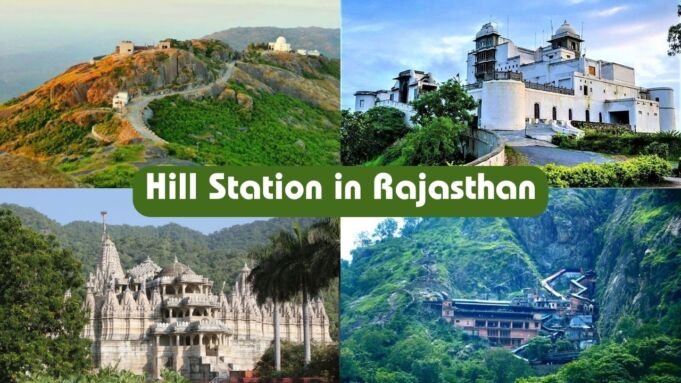













[…] Related: 7 Best Hill Stations in Rajasthan […]
Comments are closed.